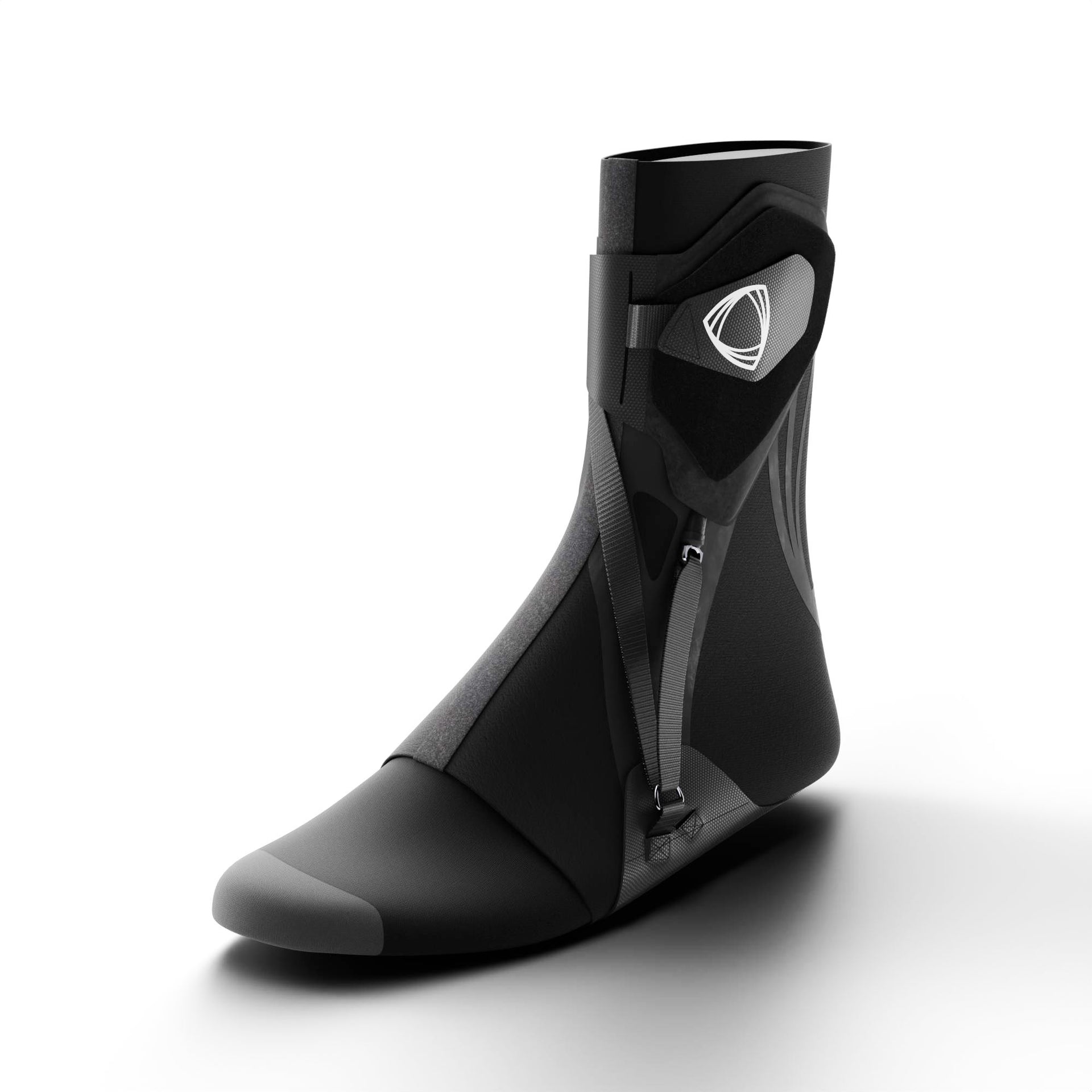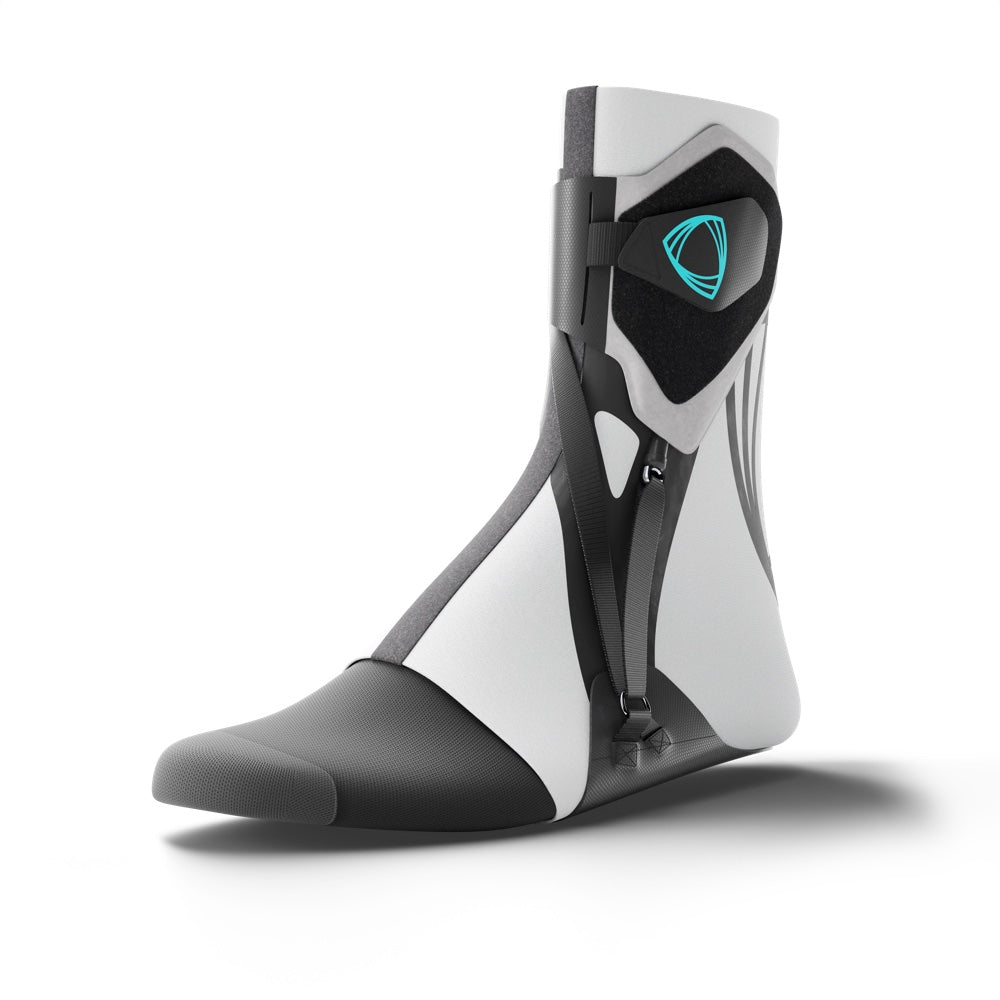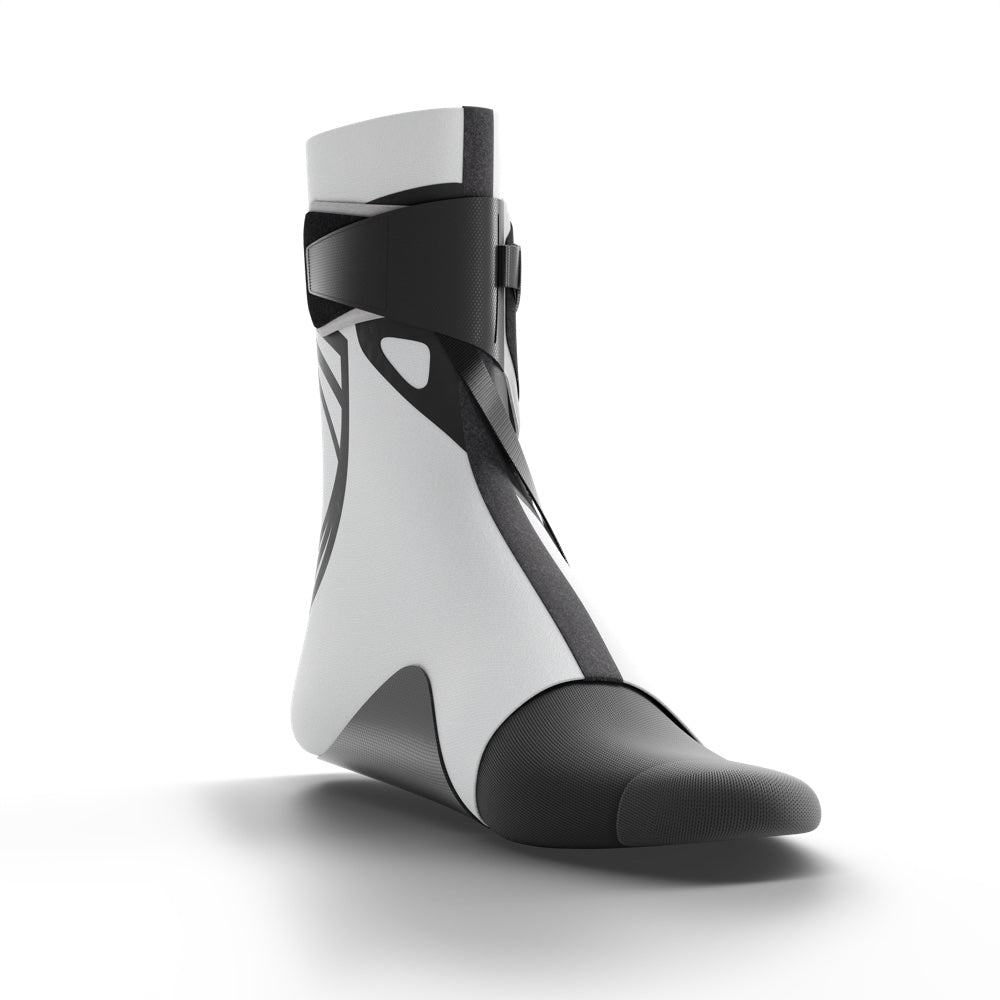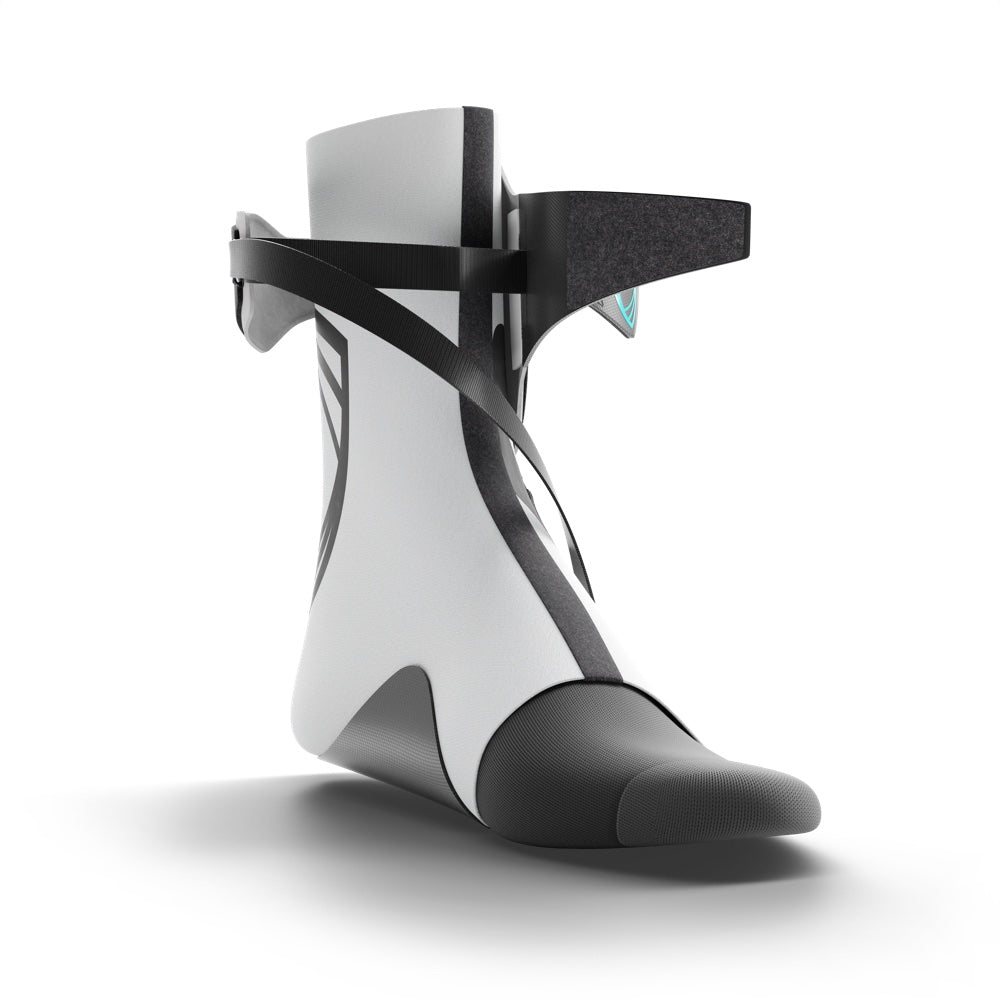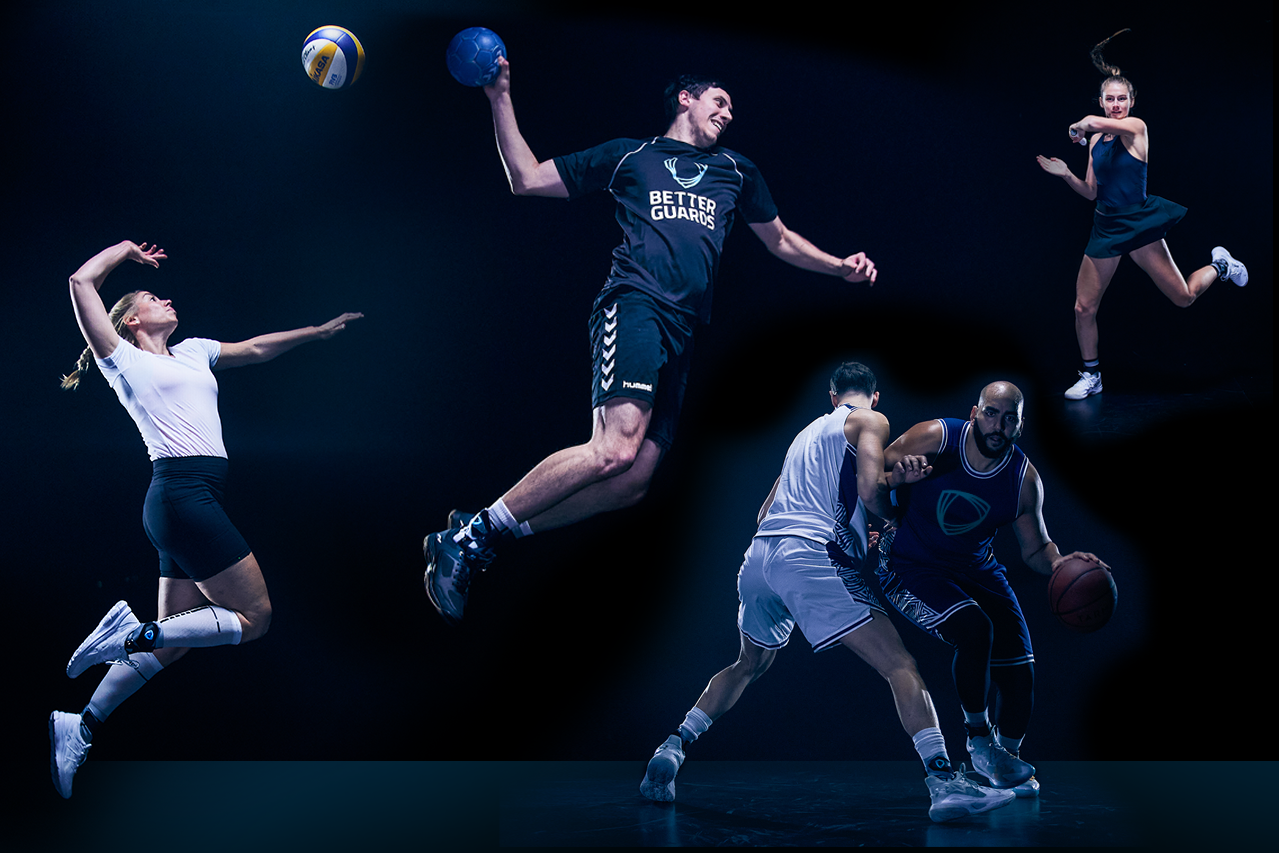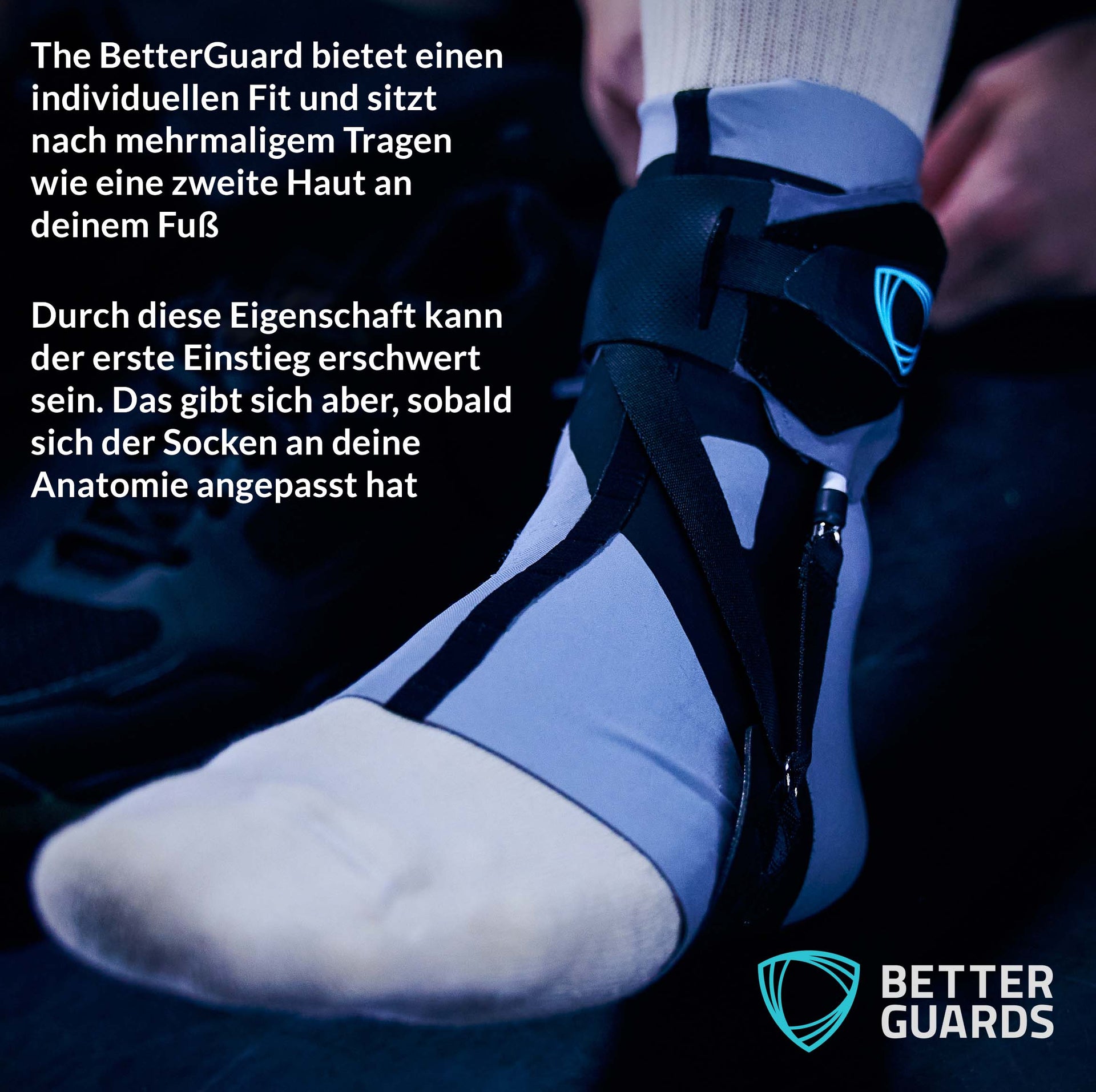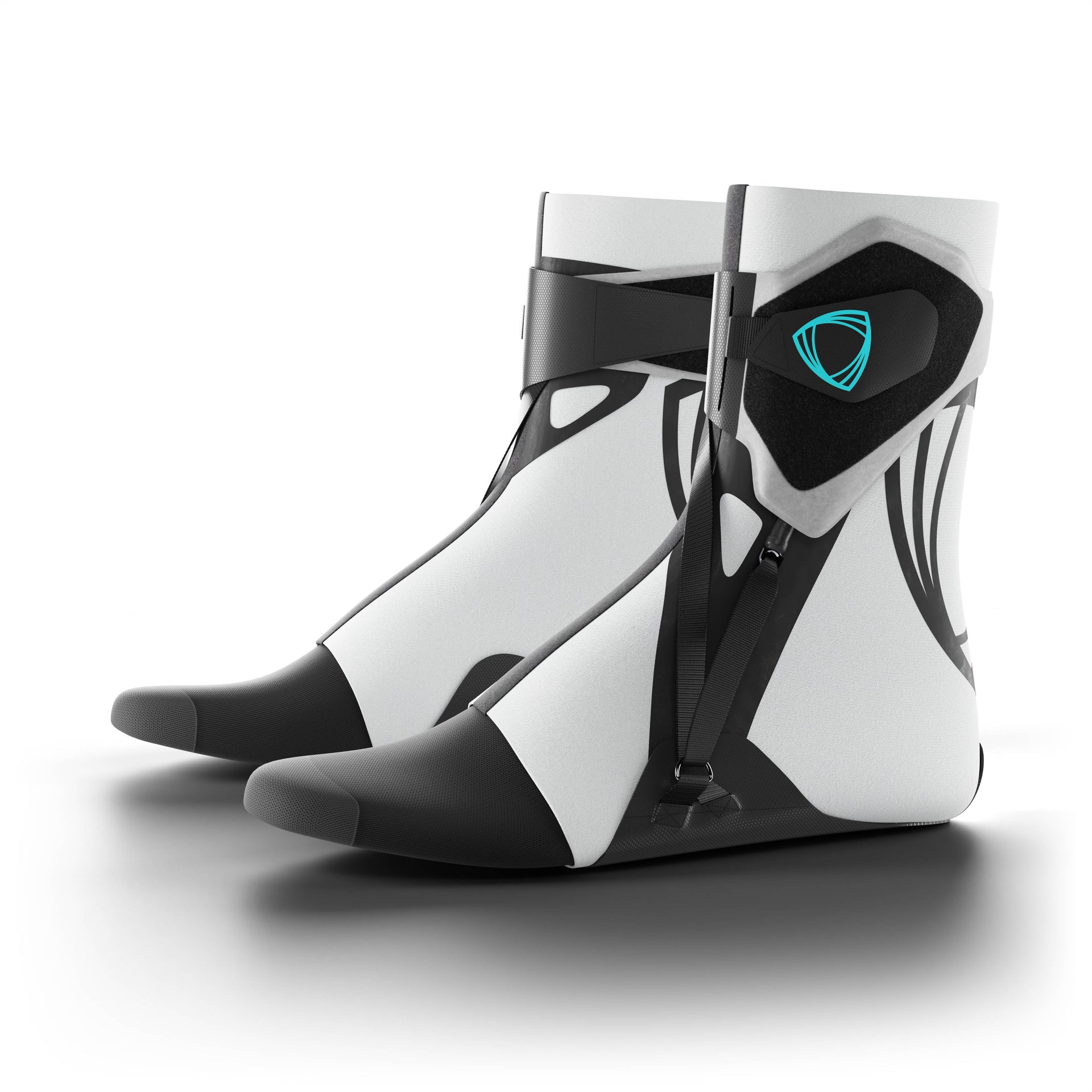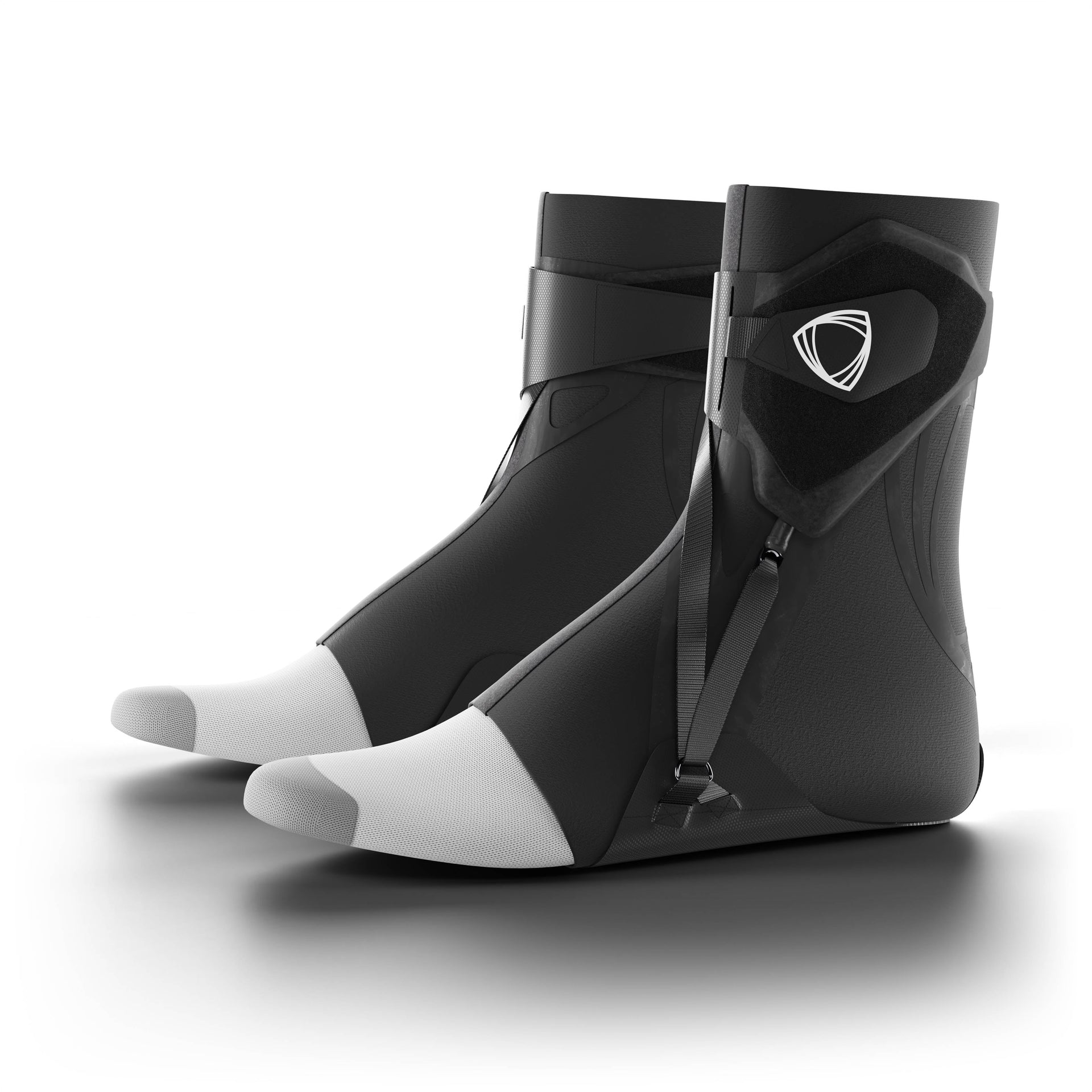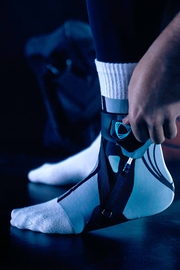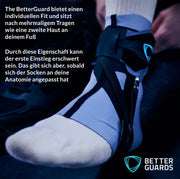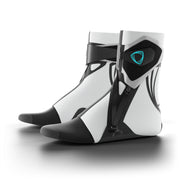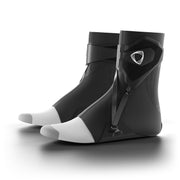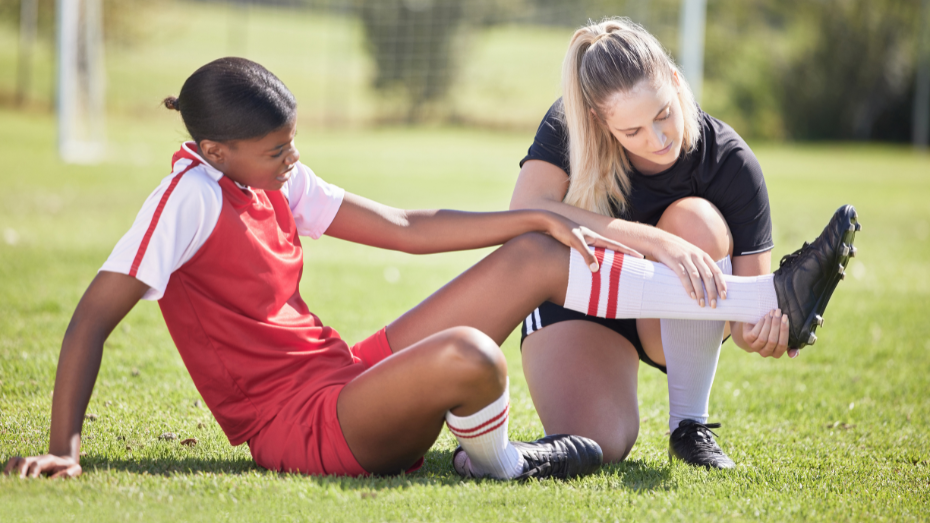
Common injuries in soccer - how to reduce your personal risk
Whether you are a district league player, a particularly ambitious amateur soccer player, a semi-professional player or a licensed player in the 1st and 2nd Bundesliga - injuries are omnipresent in soccer . However, the fact that the number of training and game injuries has remained almost constant for years despite an ever-increasing pace and increased performance demands is due not least to good prevention. The average running distance alone has more than tripled since the 1950s, from three to currently ten to 14 kilometers.
In German professional soccer, for example, the number of injuries per player used and per season is 2.7 . A total of 83 percent of the players deployed are affected . By the way: defenders are the most affected. Basically, around 30 to 35 percent of muscle injuries in the professional sector are in the form of strains and torn muscle fibers of the lower extremities.
A general overview of the affected regions:
- Ankle joint (usually the outer ligaments, rarely the inner ligaments)
- Knee joint (trauma and strains, cruciate ligament, medial ligament, meniscus)
- Upper and lower legs
- Head (often concussion or broken bones)
- Muscles in general (fiber tears and strains)
- Groin and hips
- hamstring muscles and adductors
- Cross and back
- Quadriceps and calf

Special case of ankle joint: diverse forms of injury risks
One of the most commonly injured joints when playing soccer is the ankle . The reason for this is the so-called distortion trauma. These occur primarily in the form of inversion-rotation mechanisms when twisting an ankle or when the foot is fixed during movement. Common injuries of this type include ruptures of the calcaneo-fibular ligament (ligament on the outer ankle) and the anterior talofibular ligament (anterior outer ligament). Three-ligament ruptures, on the other hand, are rarer. There are a total of four types of ankle joint injuries typical of soccer :
- the supination external rotation
- supination adduction
- the pronation external rotation
- pronation adduction
Immobilization for a period of six to eight weeks
Fresh ligament injuries or torn ligaments are often initially treated conservatively. Here you can see what the acute need for action looks like after the twist according to the PECH scheme . As a rule, immobilization takes place over a period of six to eight weeks . An orthosis is used for this. You can find out more about how long it takes to heal a torn ligament here.
Alternatively, surgical therapy is also possible. For example, ligament plasty using the tendon is used.
However, studies have shown that surgery, especially for lateral ligament injuries, does not have any significant advantages in terms of the healing process and subsequent stability of the ankle joint . In contrast, injuries in the form of medial ankle fractures are preferably treated surgically. Here you can find out how you can stabilize your ankle with exercises .

Preventative measures are intended to prevent a repeat injury
To protect your ankle sustainably, our intelligent sports brace The BetterGuard is an effective solution. The brace is based on the BG PROTECTION system , which offers a unique combination of freedom of movement and protection .
It triggers the adaptive joint protection three times faster than a muscle - but only when you actually run the risk of twisting your ankle. This can significantly reduce overstretching or torn ligaments .
In this regard, the sports brace is equipped with an intelligent fluid system that automatically stiffens within a few milliseconds during critical movements. The innovative ankle brace then returns to its flexible original state.
Further measures to reduce the frequency and susceptibility of injuries
In addition to wearing such a sports brace, there are other options for prevention . Sports medicine, in conjunction with physiotherapy, has invested efforts over the last few decades to reduce both injuries and the susceptibility to injuries in general. The main aim is always to identify risk factors such as muscular deficits or previous injuries. Based on these findings, preventive measures have emerged that can reduce the risk of injury.

A targeted warm-up is essential for preventing soccer injuries
The warm-up plays a central role within these measures. You have to differentiate between specific and general warm-ups. While the general warm-up essentially brings your body up to operating temperature and prepares it for the upcoming stresses, the specific warm-up training focuses on preparatory techniques and movements that are typical for soccer.
Athletic components are also regularly included. This serves to provide holistic , conditional and coordinated support . It is important that soccer-specific content is integrated into the warm-up program. Stretching exercises are also usually on the agenda for many sports. But that's not always the case with soccer. Because here mobilization comes before stretching.
Sports doctors recommend a soccer-specific warm-up program
This means: You complete mobility exercises that require short holding times. Doctors and sports scientists recommend these exercises for a targeted warm-up program:
- Lunge Variations
- Rotational movements of the ankle, knee and hip joints
- Rotational movements of the upper body
- Stabilization processes through various types of jumps
- Easy running over shorter distances
- Coordination exercises to promote acceleration and sprint speed
- Compound exercises with movement tasks and ball actions
The aim of these warm-up exercises is to stress the musculoskeletal system in a more sport-specific way than classic stretching exercises and to prepare it for the challenges ahead . According to relevant sports science and sports medicine findings, such a warm-up program ensures a certain pre-tension of the muscles, ligaments and tendons, which then reduces the risk of a typical soccer injury during training or competition.

FAQ on common injuries in soccer
What injuries are typical in soccer?
In Germany, the lower extremities are particularly affected. In addition to the knee joint (27%), this also affects the ankle joint (around 18%) and the lower leg (approx. 8%). Head injuries (13.7%) are also relatively common. Bone fractures (38%) and ruptures (34%) are particularly common. Cruciate ligament tears alone account for around 11%.
How can the risk of injury in soccer be reduced?
Various studies clearly show that training and warm-up programs preventatively reduce the risk of soccer. Examples of effective training and warm-up programs are the neuromuscular warm-up program "Knee Control", the FIFA 11+ program or the "Copenhagen adduction exercise". Important: Preventive exercises must be carried out correctly and regularly so that they can actually have their full effect.
What measures are there to avoid typical soccer injuries?
Shin guards, ideally in conjunction with ankle protection, are mandatory both in games and during training. It is also particularly important that you always wear shoes that match the floor surface when playing soccer. Preventative taping is also a protective measure. In this case, a tape bandage applied before the game or training should prevent overload or damage from the outset.
How are typical soccer injuries treated immediately?
For injuries to the legs and feet, the tried and tested immediate therapy according to the PECH scheme is usually used. This includes these four measures: First ensure immediate relief (break), then cool with ice, then apply a pressure bandage (compression) and elevate the affected leg. The sooner you carry out this immediate therapy, the faster the injury will usually heal.
How often do professional soccer players get injured and which parts of their body are affected?
According to the 2021 sports report from the Verwaltungs-Berufsgenossenschaft (VBG), players in the 1st and 2nd Bundesliga suffered an average of 2.5 injuries per player deployed in the 2019/2020 season (seasonal incidence). The proportion of players who were injured during training or in games was 81.3% (prevalence). The median per team was around 53 injuries. On average, first division players were out for 20.2 days per injury, while players in the 2nd Bundesliga had to miss an average of 23.6 days. In addition to the thigh and the joint, the ankle was most often affected. Knee injuries involve the (anterior) cruciate ligament, the medial ligament or the meniscus. Since the knees support the body throughout life, if you have a knee joint injury (e.g. to the cruciate ligament), you should see a doctor immediately and start therapy with a physiotherapist as early as possible.
How can repetitive injuries in soccer be prevented?
Only through the interaction of appropriate measures does the risk of injury decrease and at the same time your own performance increases. To reduce the risk and prevent recurring injuries, you need to consider these three key points:
- The injury must heal completely.
- In addition, incorrect and overloading must be avoided.
- In addition, weak points in the areas of neuromuscular control, mobility and stability must be compensated for.
Why do soccer injuries happen?
soccer is a contact sport. Many injuries therefore occur through direct contact with opponents. However, injuries also occur without the influence of the opponent. In this regard, the risk of injury comes, for example, from quick changes of direction at high speeds. Cruciate ligament tears in particular result from movements of this type. Insufficient warm-up can quickly lead to strains and similar injuries. In this case, the muscles on the back of the thigh are often affected. Other risk factors for injuries include untrained muscles, incorrectly performing warm-up exercises or poor mechanics.
How do you prevent further ankle injuries?
Sports injuries to the ankle usually involve the lateral ligaments. These can be sprains, strains or tears of tendons and ligaments. Injuries to the inner ligaments are rare. The injuries can be mild to severe. Healing then takes a correspondingly long time. From a few weeks to several months are possible here. But even after complete healing, there is still an increased risk of injuring your ankle again. To minimize this risk of injury, you should take preventive action. Proven measures include regular muscle exercises and a targeted warm-up before training and games. The intelligent ankle support The BetterGuard offers you additional protection
Why are lateral ankle sprains most common?
soccer can, for example, cause ankle sprains of varying degrees, stress fractures of the ankle joint, tibia and fibula fractures or even plantar fasciitis and Achilles tendonitis. Lateral ankle sprains occur most frequently in soccer players, regardless of skill level and league. This causes ligaments to become damaged or stretched. However, a ligament can also break. The ligaments have the function of connecting bones across joints as passive structures. When you suffer from an ankle sprain, the end result is that your ligaments around your ankle joint are damaged. An example of a typical injury scenario is incorrect rolling of the feet or ankles


